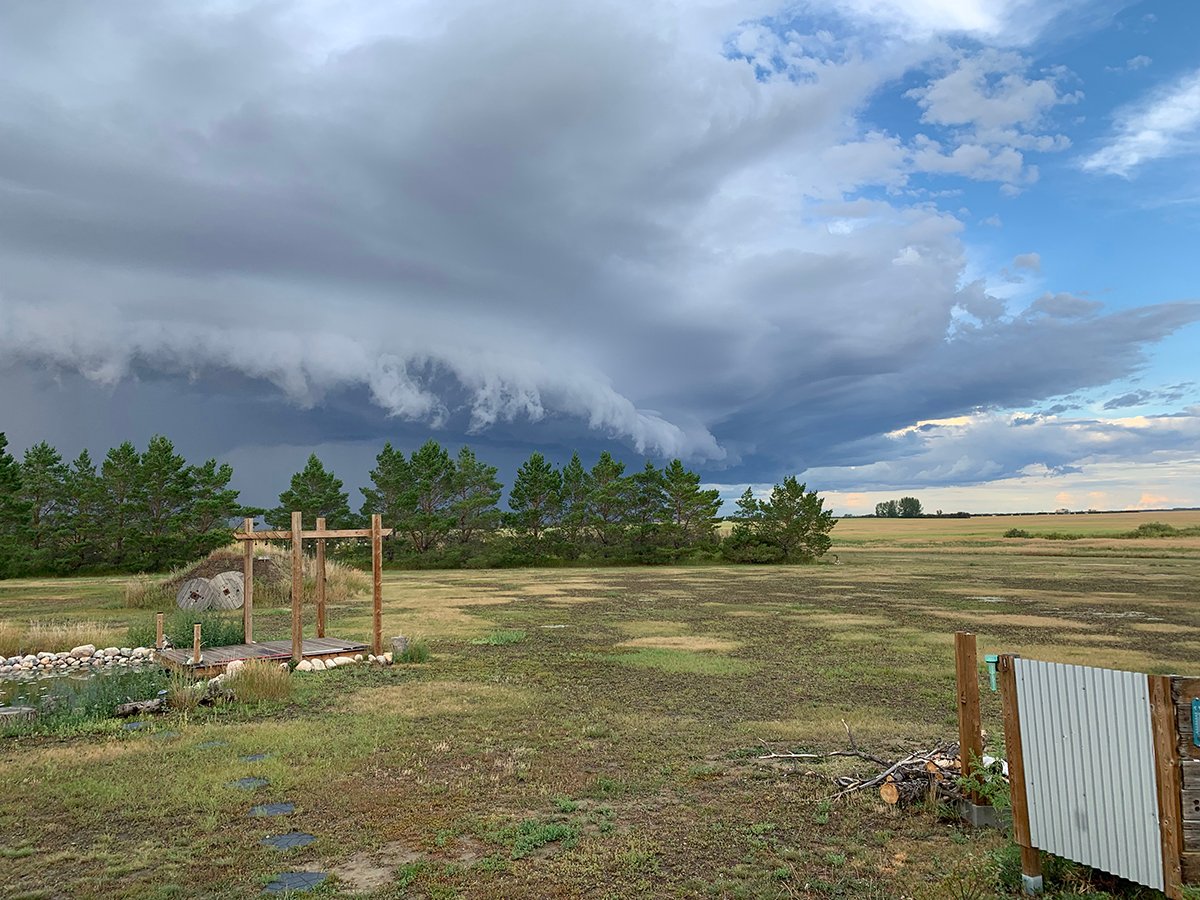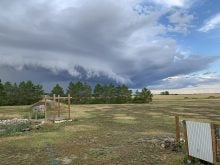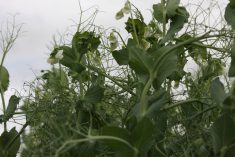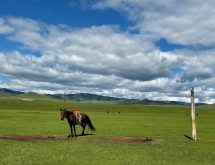Long, cold Canadian winters are credited with producing award winning cashmere goats in the Cariboo-Chilcotin region of British Columbia.
Goat producer Diane Thompson said success also comes from meticulous attention to details like breeding programs and maintaining animals that produce excellent fleece yet grow to a good size for the meat market.
This year, Thompson and her husband Dan Workman of Riversong Farms near Nazko, B.C., won awards for champion buck, reserve champion buck, grand champion doe, reserve champion doe and the best hand spinner’s fleece at the Oregon Flock and Fibre Fair.
Read Also

Storm dynamics and extreme rainfall
Besides moisture, instability and orographic lift, the next biggest factor that contributes to heavy or extreme rainfall is storm dynamics.
They monitor the quality of their fleeces and selectively breed for fineness, style and yield.
The animals are all fibre tested by laboratory analysis to confirm the quality of the cashmere.
The cashmere is hand combed because it sheds naturally between January and March.
After the harvest is done, the clip is sent to a mill in Prince Edward Island, where it is cleaned, dehaired and made into pure cashmere top, pencil roving and yarn.
About 200 goats are shorn for their fleece annually, with the ones not kept for breeding sold for meat at auction, said Thompson.
Canada’s growing ethnic community remains the couple’s best customers for meat. Canada imports more than 3.5 million pounds of goat meat a year to supply a growing demand from Canadians with Asian, Indian, Mediterranean, Middle Eastern, Caribbean, European and African backgrounds.
In recent years, they have also sold breeding stock to farms in Canada wishing to start herds.
“Cashmere is a good news agriculture story,” she said. “Cashmere is the only fibre where there has always been more of a demand than can be met.”
BSE closed international borders to live exports of goats, but markets remain strong for the luxuriously soft, thin and insulating fibre found in the under down on goats.
The couple sells cashmere yarn for $16.50 an ounce, with a cashmere sweater typically selling for $400-$1,000.
The couple markets through word of mouth, in fibre journals and on the internet. To visit the website go to www.producer.com and type “cashmere” in the go box.
Thompson said the goats are a good fit with their rugged wilderness land.
“Goats are by nature browsers rather than grazers,” she explained.
They are selective in what they eat, and prefer a different menu from cattle or sheep. Goats prefer willow, poplar shoots, thistles, fireweed, wild roses, stinging nettles, knapweed and leafy spurge over clover, alfalfa, and grasses.
These feeding preferences make goats useful in pasture management programs such as rotational grazing and companion grazing.
These hardy, intelligent and wary animals are also good mothers and easy birthers with strong herd instincts.
Cashmere goats have widespread horns, which are left on, and they tend to be shorter and more blocky in build than a dairy goat.
A three-sided structure can provide them with adequate shelter.
The goats’ fibre is white or soft shades of brown or grey. White fleeces are valued higher in international markets, but coloured fleeces are in demand by weavers, spinners and knitters.
The first goats came to North America in 1988 and into Canada in the early 1990s.
Predators are plentiful in this wilderness area in central B.C., but the most danger comes from dogs, said Thompson. She lost 25 goats to dogs before the farm acquired Akbash guard dogs to protect the flock.
In addition to goat production, Riversong Farms offer a rustic cabin to overnight visitors looking for a wilderness experience, with views of the Nazko River, the land and wildlife on 80 acres.
The couple also keeps small herds of animals like sheep, pigs and horses for their own use.
“We are kind of used to buying in bulk and doing without,” she said of their farm, more than an hour from the nearest grocery store.
Workman mixes farm chores with work as an adult educator, while both dabble in stained glass and pottery.














